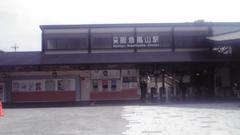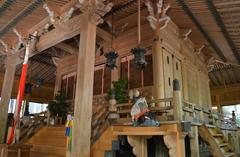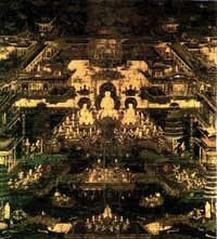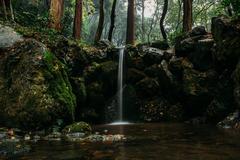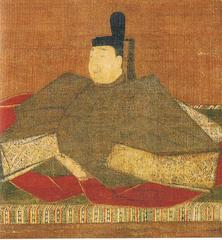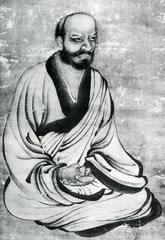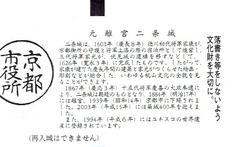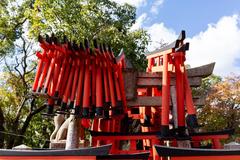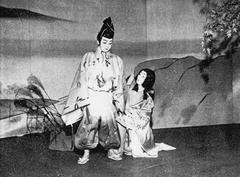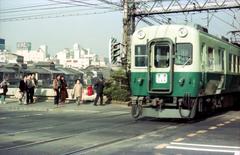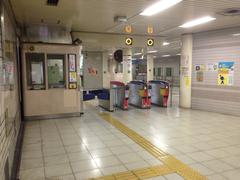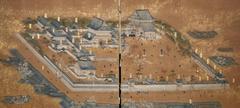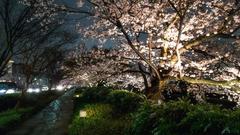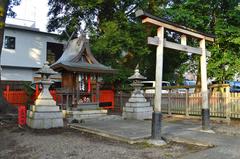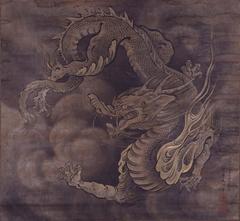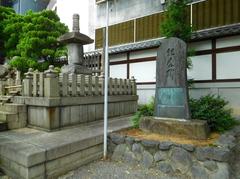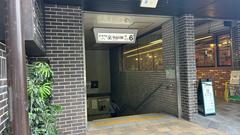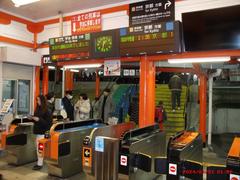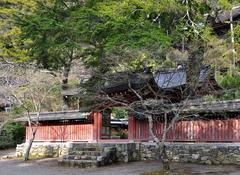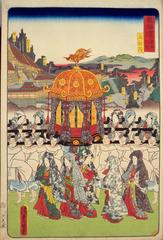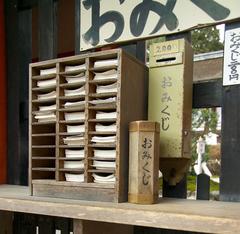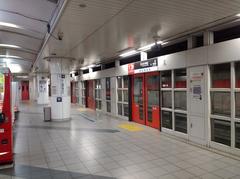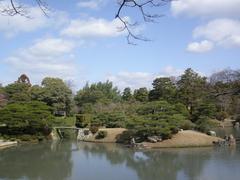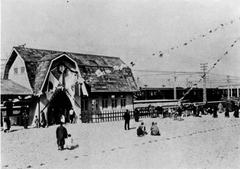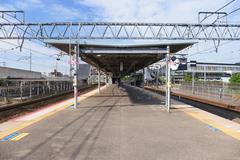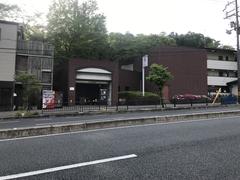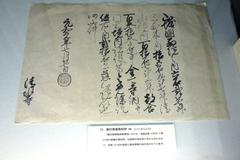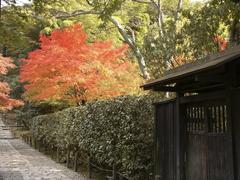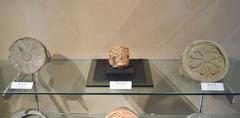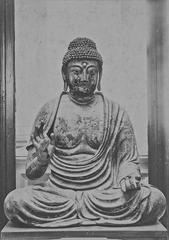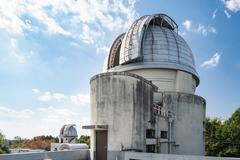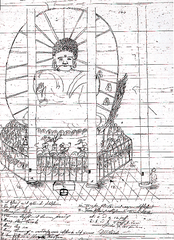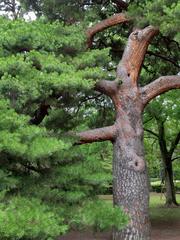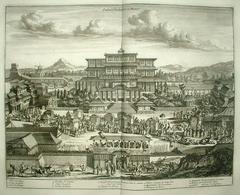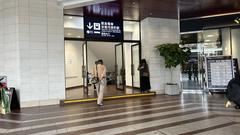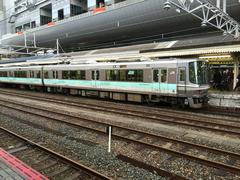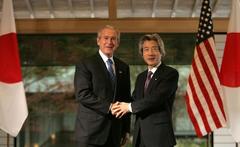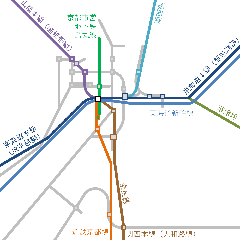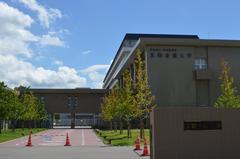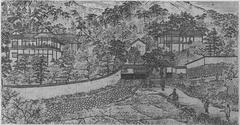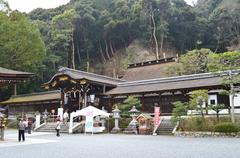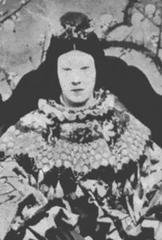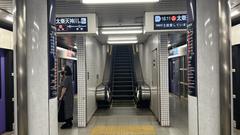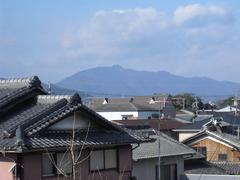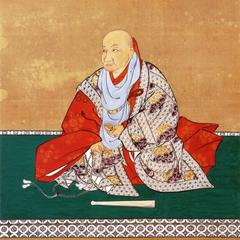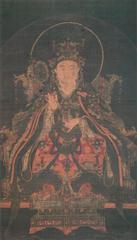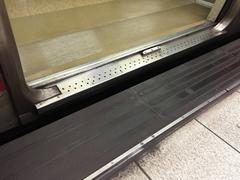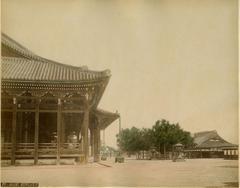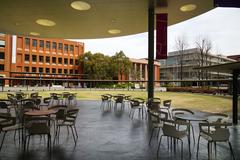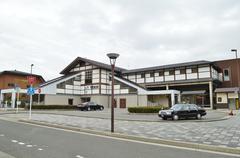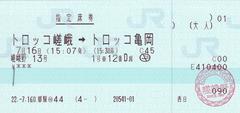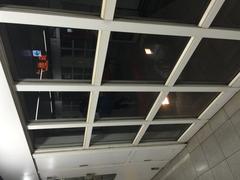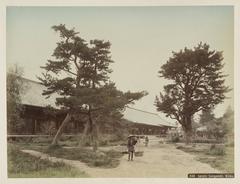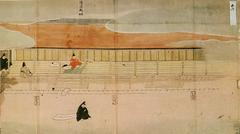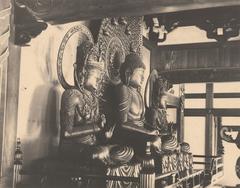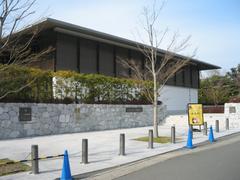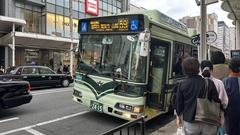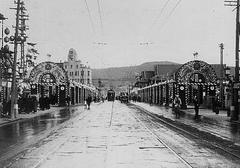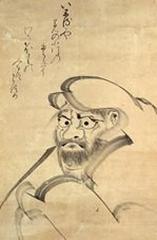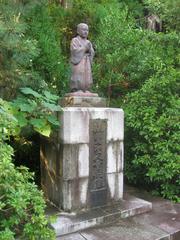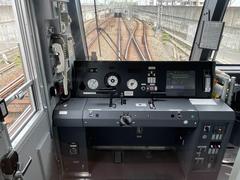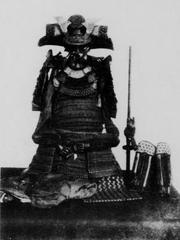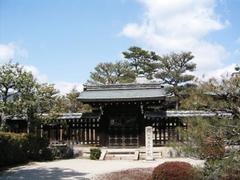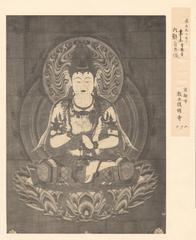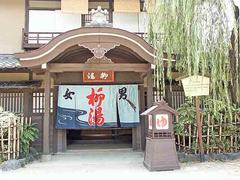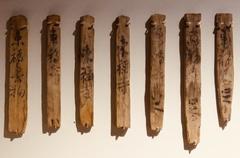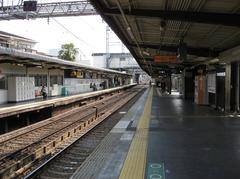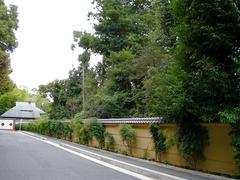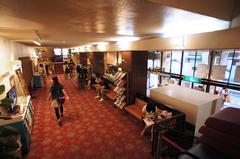
Kyoto Museum for World Peace: Visiting Hours, Tickets, and Complete Guide
Date: 04/07/2025
Introduction
The Kyoto Museum for World Peace, situated on the campus of Ritsumeikan University in Kyoto, Japan, is a landmark institution dedicated to peace education and the critical examination of war. Established in 1992 as the world’s first university-founded peace museum, it stands as a vital center for reflection on Japan’s wartime history, global conflict, and the ongoing pursuit of peace and democracy. Through immersive exhibitions, extensive collections, and educational programs, the museum encourages visitors to confront the realities of war and to foster a commitment to peace. This comprehensive guide covers essential details: visiting hours, ticket information, accessibility, directions, and tips for maximizing your visit, as well as insights into the museum’s philosophy, collections, and role in contemporary peace education (Hiroshima Peace Media, Ritsumeikan University, Japan Travel Navitime).
Table of Contents
- Introduction
- Museum Philosophy and Historical Context
- Exhibitions and Collections
- Educational Outreach and Global Engagement
- Visiting Hours and Ticket Information
- Location, Directions, and Accessibility
- Visitor Amenities and Tips
- Nearby Kyoto Attractions
- Frequently Asked Questions (FAQ)
- Conclusion and Resources
Museum Philosophy and Historical Context
Founded in 1992, the Kyoto Museum for World Peace emerged from Ritsumeikan University’s post-World War II commitment to “peace and democracy.” The museum was conceived as a response to the university’s own history of militarization during the early 20th century and as a space for honest reflection on Japan’s wartime actions. Its mission is to educate audiences about the causes and consequences of conflict, the responsibilities of individuals and societies, and the pathways toward sustainable peace (Hiroshima Peace Media).
Exhibitions and Collections
Permanent Exhibitions
The permanent exhibitions at the Kyoto Museum for World Peace provide a chronological and thematic exploration of modern warfare and peacebuilding, with a special focus on Japan’s experiences in the 20th century. Notable sections include:
- The Road to War: Examines Japan’s militarization and the lead-up to the Asia-Pacific War.
- Life During Wartime: Features artifacts and personal testimonies illustrating civilian experiences, including air raids and forced labor.
- Japan’s Aggression in Asia: Presents documentary evidence and accounts from Asian countries affected by Japanese military actions, providing a rare and candid perspective.
- Postwar Peace and Democracy: Explores Japan’s postwar constitution and the nation’s efforts to foster peace and human rights (Ritsumeikan University PDF).
Special Exhibitions
The museum regularly organizes special exhibitions—nearly 100 since its opening—addressing topics such as nuclear disarmament, contemporary conflicts, and peace movements. These exhibitions feature collaborations with local and international organizations, artists, and scholars, ensuring that the museum remains responsive to current global issues (Ritsumeikan University PDF).
Collections and Media Library
- Artifacts and Documents: The museum holds approximately 42,000 items, including military uniforms, photographs, diaries, and peace-promoting artworks.
- Media Library: Houses about 45,000 books and publications on peace studies and international relations, supporting both public access and academic research.
Educational Outreach and Global Engagement
The museum is deeply involved in educational initiatives and community outreach. Programs include:
- Volunteer Guides: Trained guides offer context and explanations, enhancing the visitor experience.
- Workshops, Lectures, and Seminars: Regularly held in collaboration with Ritsumeikan University and global peace organizations.
- International Partnerships: As a member of the International Network of Museums for Peace, the museum participates in joint exhibitions and exchanges, furthering its global impact (Hiroshima Peace Media).
Visiting Hours and Ticket Information
- Opening Hours: Tuesday to Sunday, 10:00 AM – 5:00 PM (last admission at 4:30 PM). Closed on Mondays (or the following Tuesday if Monday is a national holiday), the day after national holidays, and during the New Year period.
- Admission Fees:
- Adults: ¥500
- University & high school students: ¥300
- Junior high & elementary students: ¥150
- Children under 12: Free
- Group and senior discounts available
- Ticket Purchase: Tickets are available at the museum entrance. Online pre-purchase or booking may be available; check the official website for the latest details.
Location, Directions, and Accessibility
- Address: 56-1 Toji-in Kitamachi, Kita-ku, Kyoto 603-8577, Japan
- Access:
- From Kyoto Station: Take the Karasuma Subway Line to Kitaoji Station, then a short bus or taxi ride to Ritsumeikan University. Local buses also stop directly at the university.
- Consult Japan Travel Navitime for detailed transit options.
- Accessibility:
- The museum is fully wheelchair accessible, with elevators and ramps throughout.
- Volunteer staff can assist visitors with special needs.
- Accessible restrooms and rest areas are available.
Visitor Amenities and Tips
- Guided Tours: Available upon request for groups; advance booking is recommended.
- Gift Shop: Offers books and peace-themed merchandise.
- Photography: Permitted in most areas unless otherwise indicated.
- Languages: Most exhibits include English translations; an English booklet is available for international visitors.
- Media Library: Open to the public for in-depth research.
Tips for Your Visit:
- Allocate 1.5–2 hours to fully experience the exhibitions.
- Visit on weekdays or early in the day to avoid crowds.
- Combine your museum visit with nearby cultural sites for a comprehensive Kyoto experience.
Nearby Kyoto Attractions
Enhance your visit by exploring Kyoto’s renowned historical sites:
- Kinkaku-ji (Golden Pavilion): Iconic Zen temple with stunning architecture.
- Ryoan-ji Temple: Famous for its rock garden and tranquil setting.
- Toji Temple: Known for its five-story pagoda, a UNESCO World Heritage Site.
- All are easily accessible from the museum and offer a deeper connection to Kyoto’s history and heritage.
Frequently Asked Questions (FAQ)
Q: What are the museum’s visiting hours?
A: Open Tuesday to Sunday, 10:00 AM – 5:00 PM (last admission 4:30 PM), closed Mondays and select holidays.
Q: How much are tickets?
A: Adults ¥500; university/high school students ¥300; junior high/elementary students ¥150; children under 12 are free; discounts available for groups and seniors.
Q: Can tickets be purchased online?
A: Tickets are primarily sold at the entrance. Check the official website for any updates regarding online sales.
Q: Is the museum wheelchair accessible?
A: Yes, with ramps, elevators, and accessible facilities throughout.
Q: Are guided tours available?
A: Yes, for groups by prior arrangement.
Q: Are exhibits accessible to non-Japanese speakers?
A: Yes, with English translations and a 25-page English booklet provided.
Q: Are photos allowed?
A: Generally yes, except in areas with posted restrictions.
Conclusion
The Kyoto Museum for World Peace is a must-visit destination for those interested in history, peace studies, and Japanese culture. Its honest approach to Japan’s wartime legacy, combined with dynamic exhibitions and educational outreach, makes it a unique resource for learning and reflection. Plan your visit by checking current hours and ticketing, and enrich your itinerary with nearby cultural sites. For updates, related travel content, and guided tours, follow us on social media and download the Audiala app.
References and Further Reading
- Hiroshima Peace Media
- Ritsumeikan University Official Statement (PDF)
- Ritsumeikan University Museum Page
- Japan Travel Navitime
- Kyoto Museum for World Peace – Museum Mission
- Japan Experience – Kyoto Peace Museum
- Tokyo Art Beat – Upcoming Exhibitions
- Mai-Ko Kyoto Museums Guide
- Wikipedia



